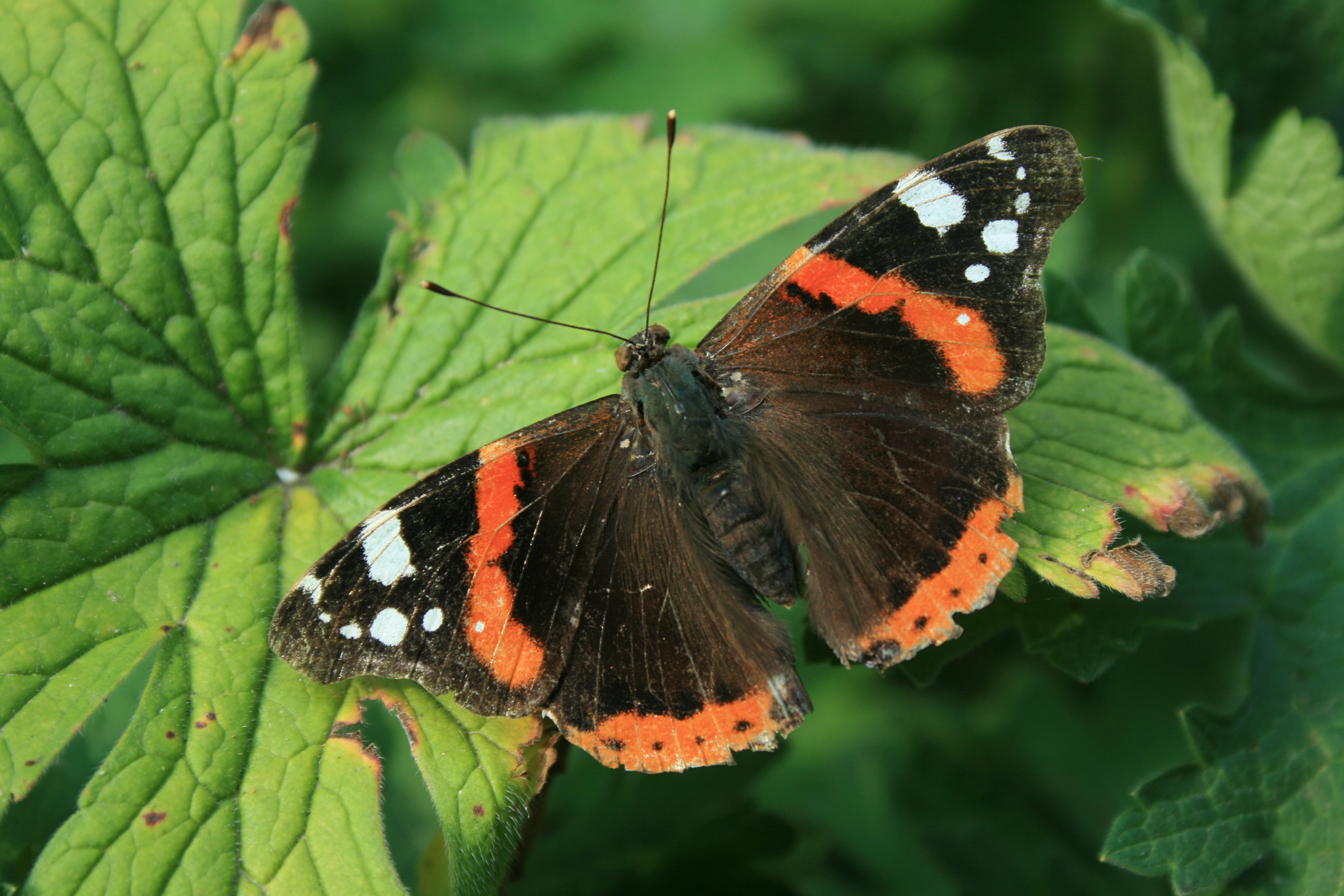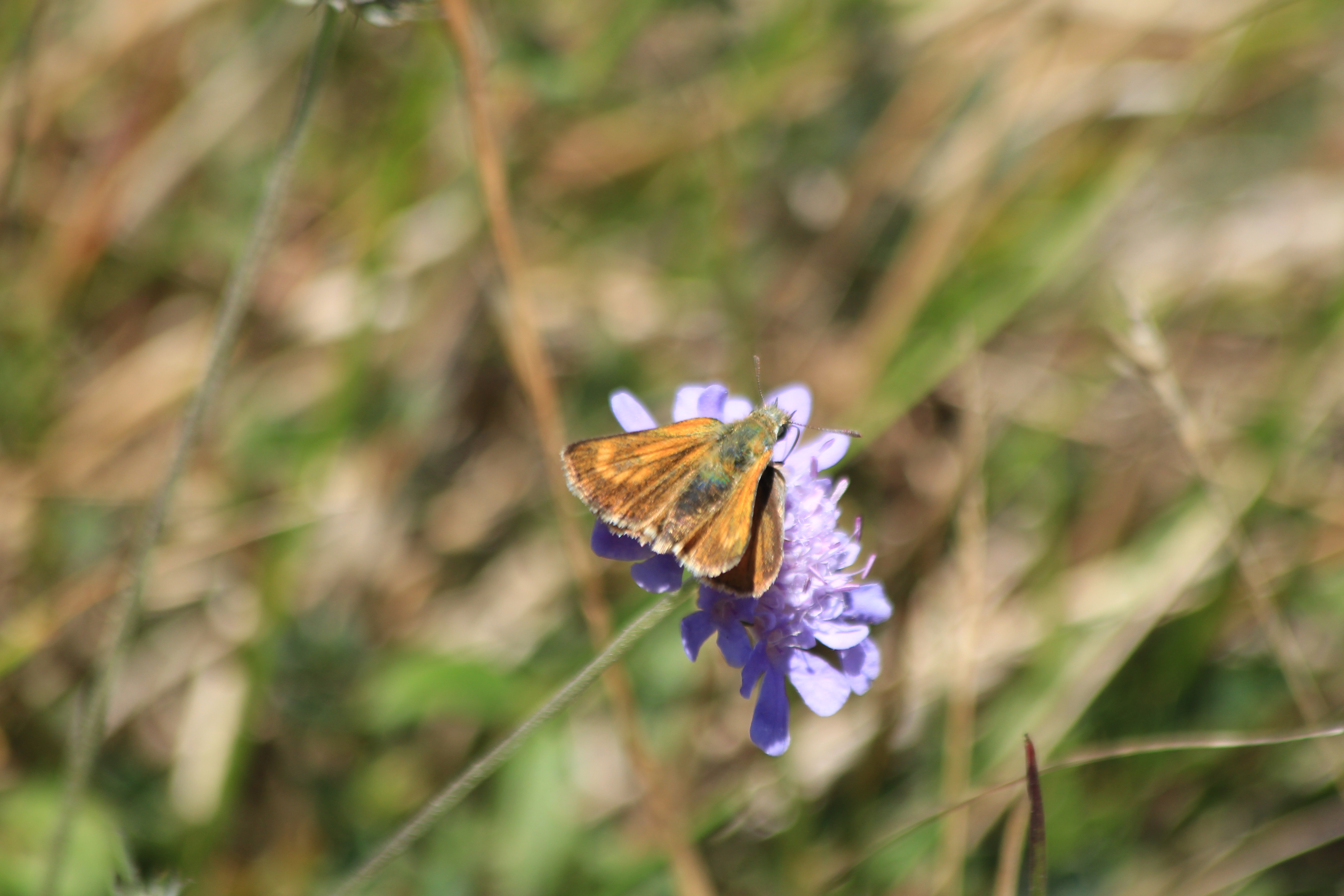Les papallones espanyoles regulen millor la temperatura corporal que les seves cosines britàniques
La ciència està plena de SHEroes que amb la seva passió, treball i creativitat han inspirat la biologia evolutiva d'avui.
Com a part del nostre compromís amb la societat, l'Institut de Biologia Evolutiva (IBE, CSIC-UPF) vol donar crèdit i visibilitat als assoliments de les científiques en evolució.
Amb aquest objectiu, llancem la campanya #WhoisyourSHEro per a compartir històries de dones que han tingut un impacte en la carrera científica dels / les nostres investigadors/es a través de les xarxes socials i la web.
La campanya continua avançant a mesura que més i més dones en evolució inspiren a la comunitat IBE.
Pots unir-te a la conversa a través de les xarxes socials amb l'etiqueta #WhoisyourSHEro.
 |
Les papallones espanyoles regulen millor la temperatura corporal que les seves cosines britàniques
Les poblacions de papallones a Catalunya, al nord d'Espanya, són millors que les seves homòlogues del Regne Unit a l'hora de regular la temperatura corporal prenent el sol, però l'augment de les temperatures globals a causa del canvi climàtic pot posar les papallones espanyoles en major risc d'extinció.

Un estudi internacional, liderat per la Universitat de Cambridge i l'Institut de Biologia Evolutiva (IBE) de Barcelona, va trobar que les papallones utilitzen diferents mètodes per regular la seva temperatura corporal. A Catalunya, les papallones tendeixen a inclinar les ales cap al sol per escalfar-se a temperatures més baixes, mentre que les papallones britàniques depenen més de trobar microclimes càlids.
Tot i això, a mesura que augmenten les temperatures, les dues poblacions eviten la calor. A mesura que augmenten les temperatures globals, les papallones britàniques es poden beneficiar inicialment, mentre que les papallones espanyoles potser no poden sobreviure si no són capaces d'adaptar-se prou ràpidament.

No obstant això, la pèrdua d'hàbitat, particularment al Regne Unit, és una amenaça igualment important per a les papallones. Els hàbitats diversos ofereixen a les papallones una major varietat de microclimes, i iniciatives com el "maig sense talls", que permet que les flors silvestres creixin al llarg de les carreteres i la plantació de més arbres pot ajudar a contrarestar la pèrdua d'hàbitat. Els resultats es publiquen a la revista Journal of Animal Ecology.
Com tots els insectes, les papallones són de "sang freda" i utilitzen el seu entorn per a regular la seva temperatura interna. Comprendre com regulen la seva temperatura les papallones és important per a predir quines espècies corren major risc de patir els efectes del canvi climàtic.
En un estudi publicat el 2020, diversos d'aquests investigadors van demostrar que existeixen variacions significatives en la capacitat de les diferents espècies de papallones del Regne Unit per a mantenir una temperatura corporal adequada. Les espècies que depenen principalment de l'ombra per a mantenir-se fresques corren un risc més gran de que la seva població disminueixi a causa del canvi climàtic i la pèrdua d'hàbitat.
"El primer estudi realitzat al Regne Unit va demostrar que les papallones són bastant bones per a regular la seva temperatura corporal en aquest clima més fred, però volíem veure si les papallones en un clima més càlid, com el d'Espanya, estan fent una cosa diferent", va dir l'autor principal Eric Toro -Delgado, de l'IBE, centre mixt del Consell Superior d'Investigacions Científiques (CSIC) i la Universitat Pompeu Fabra (UPF), "I si hi ha diferències, quins mecanismes podrien estar impulsant-les?"
"A Espanya, les papallones passen molt més temps a la seva temperatura òptima perquè fa més calor, però també existeix un major risc de sobreescalfament", va dir el Dr. Andrew Bladon del Departament de Zoologia de Cambridge, autor principal de l'estudi. "Volíem veure si els resultats que vam obtenir de les nostres dades del Regne Unit serien repetibles en un entorn diferent".

Per a l'estudi actual, els investigadors van recopilar dades similars als de l'article del Regne Unit de 2020, però de papallones a Catalunya. Van mesurar la temperatura corporal, la temperatura de l'aire i la temperatura dels penjadors o llocs de repòs de gairebé 800 papallones adultes de 23 espècies diferents: per a deu d'aquestes espècies, els investigadors tenien dades comparables del Regne Unit.
Els investigadors van descobrir que, en l'àmbit comunitari, les papallones de Catalunya regulaven o esmorteïen millor la seva temperatura corporal que les papallones britàniques. Les papallones en tots dos països canvien d'un comportament de cerca de calor a un comportament d'evitació de la calor una vegada que la temperatura de l'aire assoleix, aproximadament, els 22 °C.
No obstant això, les comunitats difereixen en l'ús de mecanismes d'amortiment, i les poblacions britàniques depenen més dels microclimes per a la termoregulació en comparació amb les poblacions catalanes.
Encara que les poblacions de papallones catalanes semblen ser capaces de termoregular-se amb èxit en l'actualitat, l'augment de les temperatures globals a causa del canvi climàtic les posa en major risc, atès que ja fa molta calor a Espanya.
"Les papallones, en general, viuen unes poques setmanes com a adults i han d'afanyar-se per reproduir-se. Em preocupa que, fins i tot si descobrim que poden mantenir les seves temperatures corporals de manera notable, podrien estar perdent el seu temps preuat evitant els rajos directes del sol quan fa massa calor. A més, l'impacte de la calor sobre les erugues i les seves plantes hostes és un altre aspecte que s'hauria d'estudiar. Hi ha molt a aprendre per protegir-les, i el temps escasseja perquè estan disminuint massivament", assenyala Roger Vila, investigador principal a l'IBE i coautor de l'estudi.

"En l'estudi del Regne Unit, l'equip de Cambridge va descobrir que la grandària de les ales estava relacionada amb la capacitat d'una espècie per a regular la seva temperatura corporal, i que les espècies amb ales grans ho feien millor", va dir Toro-Delgado. "Esperàvem trobar un resultat similar a Espanya, però no va anar així. Probablement, això es deu al fet que, en un país càlid com Espanya, la capacitat d'evitar la calor és preferible, i les ales poden jugar un paper menys rellevant en això que en l'escalfament".
"A causa de l'augment de les temperatures globals, el clima del Regne Unit s'està semblant una mica més al d'Espanya, per la qual cosa el canvi climàtic pot beneficiar a les papallones britàniques a curt termini", va dir Bladon. "Però el sorprenent és que les papallones en tots dos països van mostrar signes d'evitar la calor. I les papallones catalanes corren major risc perquè ja estan prop del seu òptim tèrmic".
Els investigadors diuen que més enllà de l'augment de les temperatures, les papallones també corren el risc de patir impactes climàtics associats, com ara sequeres o onades de calor. Aquests fenòmens meteorològics extrems no sols poden empènyer a les papallones més enllà dels seus límits tèrmics, sinó que també poden matar les plantes de les quals depenen les seves erugues.
"El canvi climàtic és un atac doble que pot acabar tant amb les papallones adultes com amb les seves erugues", apunta Toro-Delgado. "El canvi climàtic i la pèrdua de biodiversitat van junts, i hem d'abordar tots dos amb urgència si volem protegir espècies importants com les papallones".
La recerca va ser recolzada en part pel Consell Superior d'Investigacions Científiques (CSIC), l'Isaac Newton Trust, Wellcome, la Generalitat de Catalunya, el Ministeri de Ciència, Innovació i Universitats d'Espanya, el Consell de Recerca del Medi Ambient Natural del Regne Unit i el Fons Social Europeu Plus.
Article referenciat: E. Toro-Delgado et al. ‘Regional differences in thermoregulation between two European butterfly communities.’ Journal of Animal Ecology (2024). DOI: 10.1111/1365-2656.14039.
